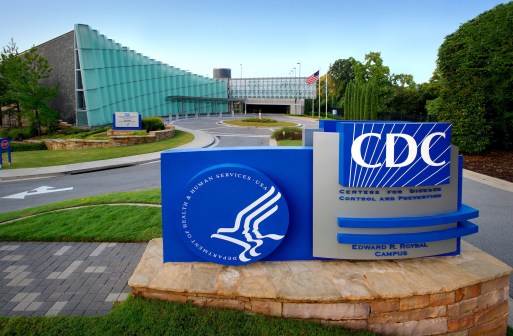HHS official: Recruitment process ‘broken’


Beth Killoran (HHS)
Filling open jobs is a major challenge at the Department of Health and Human Services, said the agency’s acting CIO Beth Killoran: A third of the agency’s jobs remain vacant and that figure rises to more than 40 percent for cyber and infrastructure positions.
The agency must have skilled workers as it, for example, tackles the sweeping Federal Information Technology Reform Act legislation or transitions to more innovative technologies, she said — adding she’s working to improve the HR processes in the agency.
“Because it’s broken,” she said during a panel discussion on women in technology held by the nonprofit advocacy group AFFIRM. “It’s very hard to get the great people in that want to come.”
She added, “We’ve created so much bureaucracy that we’ve put ourselves in a corner where we cannot be competitive … and I think it’s the difference between the federal government and the privacy sector right now.”
According to Killoran, it takes nine months to classify a position description. And just as HHS has trouble bringing people in, it faces a major talent exodus in the next few years: 70 percent of its IT staff is over the age of 47.
“Already we have a wealth of knowledge that’s gone out the door,” she said. “And the people that have it are getting closer and closer to retirement.”
Killoran herself may have felt this burden of HHS’ workforce crunch: When she was promoted to acting CIO late last year, the agency implied she would continue to serve as her own acting deputy CIO and executive director for the Office of IT Strategy, Policy and Governance. According to HHS’ org chart, Killoran no longer holds all three jobs.
She said her agency is trying to get more creative about hiring: Her office is working with the Office of Personnel Management to determine how to use more direct-hire authority, which allows agencies to more easily fill critical vacancies. She also said it’s important to offer millennial workers innovative, meaningful projects.
Indeed, fellow panelist Carlene Ileto, executive director of the Department of Homeland Security’s Enterprise Business Management Office, emphasized the need for a culture change in the government to attract younger workers.
“In the federal government, we kind of ‘dinosaur’ ourselves,” she said. The work in government, she said, needs to be faster paced.
Panelists also talked about the challenges and opportunities with moving to the cloud. At the Environmental Protection Agency, units that want to deploy something to the cloud must work with the agency’s National Computer Center to figure out the best strategy, CIO Ann Dunkin said. She added that the FITARA helped streamline how the agency is using cloud, because it put “a little more teeth” in that process.
Meanwhile, Phaedra Crousos, associate administrator of the General Service’s Administration’s Office of Citizen Services and Innovative Technologies/18F, touted her agency’s open source platform-as-a-service offering Cloud.gov. And Dunkin said her agency has deployed two pilots using the platform.
Toward the end of the presentation, the panel also talked about some of the challenges women pursuing technology and science careers can face. Dunkin said that the federal government presented good opportunities for workers who want a work-life balance. She also said that women considering a job could ask questions to get a sense of the company’s culture.
“I’m not going to tell you there’s no glass ceiling … but I think there’s plenty of people who have been able to find their way,” Dunkin said.
Contact the reporter on this story via email Whitney.Wyckoff@fedscoop.com; or follow her on Twitter @whitneywyckoff. Sign up for all the federal IT news you need in your inbox every morning at 6:00. here: fdscp.com/sign-me-on.






